IIAS Fellow in the spotlight: Eric Roose
Temples made in Heaven. Mandir design in the Netherlands
IIAS Research Cluster: Asian Heritages
1 July 2021 – 30 June 2022
I was born and raised in Zeeland, the southwestern tip of what is known in the Netherlands as the ‘Bible Belt’, a zone of orthodox reformed church communities. Here, the smallest towns and suburbs could have multiple churches that each could hold a fair part of the population. This never diminished the apparent need for further searches for Christian authenticity, resulting in continuing religious splits and building plans. To me – at least back then – those in the process of being constructed seemed to have nothing to do with the older churches that typically formed the historical village centres. I remember living around the corner of a new suburban church that struck me, as a boy, as some sort of circus tent (Fig. 1).
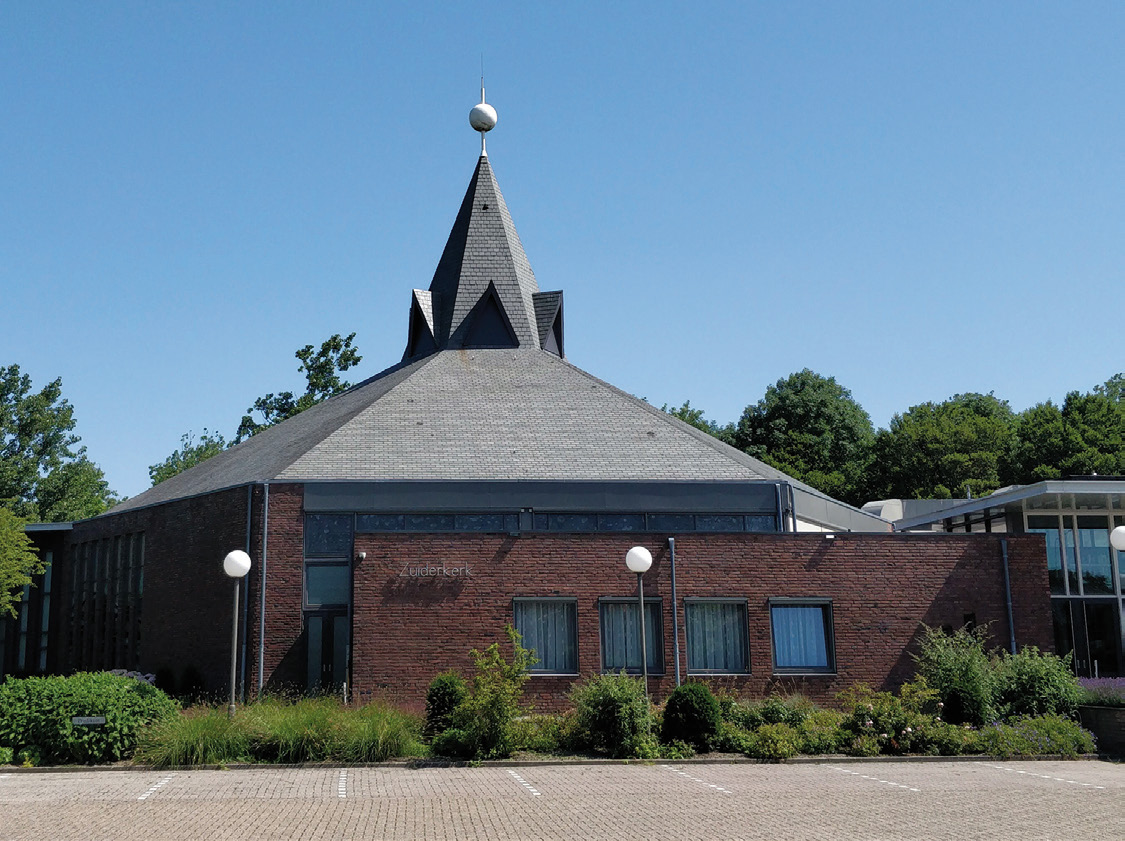
Fig. 1: Zuiderkerk, Middelburg (NL), built 1974. Photo by Eric Roose.
I studied African law and cultural anthropology in Leiden, and I spent time in Senegal to do research on tradition and innovation among agricultural communities. I noticed that different Sufi brotherhoods built all kinds of mosques, harbouring colourful domes and spires that appeared utterly fanciful and out of place among the adobe traditions of Islamic West Africa (Fig. 2). As with modern churches in the Netherlands, I could not relate these contemporary buildings to anything that I thought I knew about typical church or mosque architecture. It somehow felt as if all stylistic rules had been broken, and, concomitantly, all historical and regional ties.
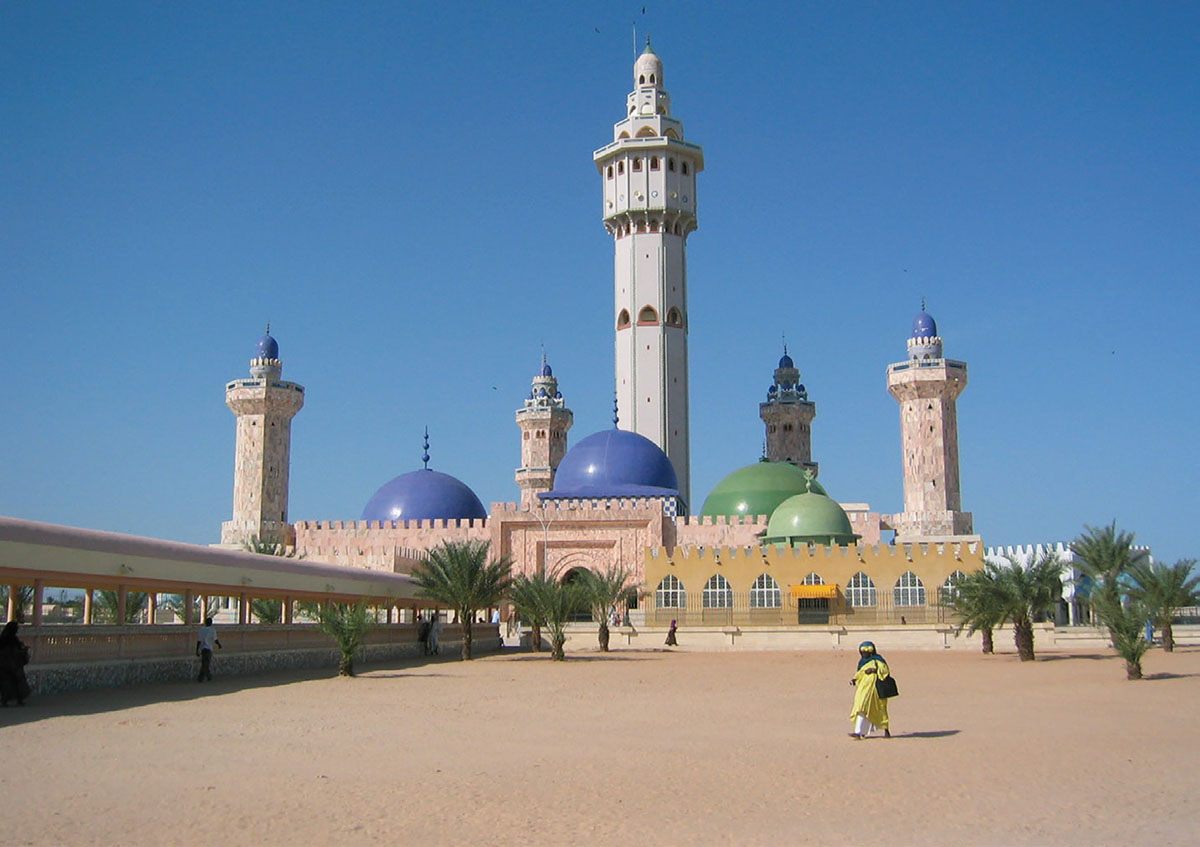
Fig. 2: Great Mosque of Touba, Senegal, built 1963. Courtesy Tinofrey on Wikimedia.
This changed when I decided to pursue my studies in the field of art history. At Leiden University, a curriculum in non-Western art piqued my interest. Professor Aart Mekking, who had earlier introduced the methodology of iconography, or the ‘content’ of architecture, into the study of churches in the Low Countries, was Head of the section of architectural history. He was now in the process of turning it into a more comparative field along the lines of a theory of reality representation, within a research program called Comparative World Architecture Studies, or COMWAS. In its wake, a number of master’s and PhD theses would be produced by students with backgrounds in art history, design and anthropology, covering multiple regions, periods and religions, testing and developing their shared perspective in a coordinated effort.
As it appeared, the existence of historical and regional styles had largely been conceived in a colonial context, positioning Western aesthetics at the top of an evolutionary ladder. In the 19th century, these imagined styles were referred to in a search for design improvement, leading to a multiplicity of ‘neo-styles’. In the 20th century, a countercurrent of modernism led to seeing the use of such references as ‘backward’ and as something that eventually could, and should, be abandoned. However, through a more iconographic lens, religious architecture throughout the world was in a continuous process of transformation, related to a process of religious politics that continuously transformed religion itself. Cult buildings could be seen as constellations of creatively recombined aspects from strategically selected heavenly and earthly prototypes, architecturally representing the ever-changing political realities of religious patrons vying for legitimacy among their desired constituencies. In addition, as I would later find out, the method of iconography had been introduced into the study of Islamic, Jewish and Hindu architectural history as well. This had been done separately and by equally authoritative scholars in their own fields, who apparently had also become dissatisfied with the explanatory value of a stylistic perspective.
My own PhD, conducted within the multidisciplinary setting of the Leiden-based International Institute for the Study of Islam in the Modern world, or ISIM, was about the new mosques in the West, with in-depth case studies conducted in the Netherlands. I uncovered that, architecturally, patrons represented diverging visions of Islamic authenticity, creatively mixing notions of true theology with recombined references to physical and metaphysical buildings imbued with the correct sacral values. Among other things, I found references to the Koutoubia Minaret, the House of the Prophet, the Mosque of the Prophet, the Tomb of the Prophet, the Kaaba Mosque, the Wapaue Mosque, the Edirne Mosque, modern mosques in Izmir, the Mosque and Minaret of the Messiah in Qadian, the Taj Mahal and several other Sufi shrine complexes (Fig. 3), each specifically chosen and transposed for its appropriate religious connotations. And I now learned that the supposedly fantastical mosques in Senegal could actually be seen as competing representations of paradise that creatively recombined localised Sufi notions with a variety of venerated shrine complexes in the Middle East.
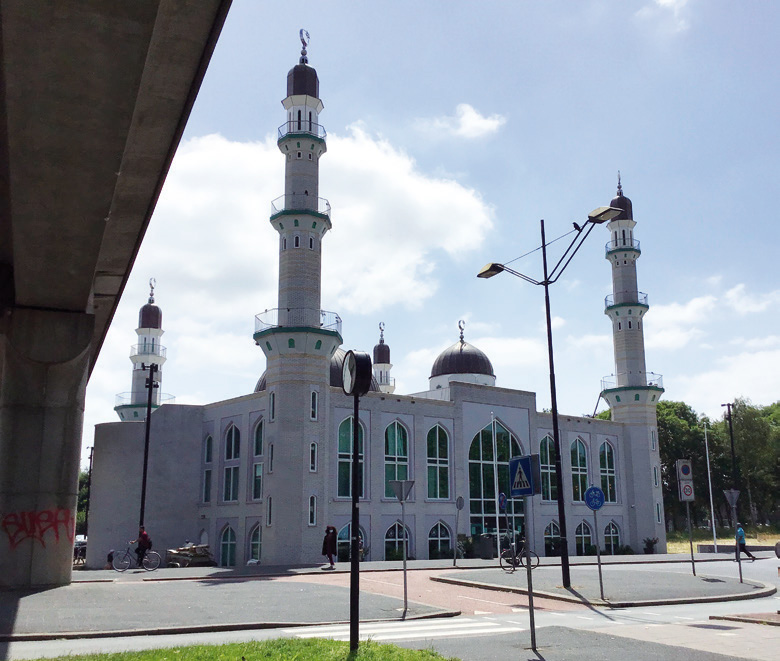
Fig. 3: Taibah Mosque, Amsterdam (NL), built 2006. Photo by Eric Roose.
After my PhD, I was offered a postdoctoral fellowship at the Amsterdam Institute for Social Science Research, or AISSR, allowing me to minutely reconstruct half a century of building efforts among Inayatan Sufi patrons in the Netherlands and France. With this project, I was able to show how religious and architectural transformations are the result of ongoing competition for spiritual leadership and legitimacy in order to attract potential followers. With each added claimant came a new search for the authenticity of the original Message, to be appropriately represented in a newly devised building and in a rejection of rivalling theologies and designs. This led to some quite diverging iconographic desires, from an Islamic dargah to a fourfold meditating Buddha, with the end result in Katwijk as a wondrously shaped compromise (Fig. 4). After this project, I decided to look for a comparative and multidisciplinary setting and reconnected with Leiden University – first, as an affiliate to Area Studies, and then to COMWAS again, which had continued as an informal research group around its retired initiator.
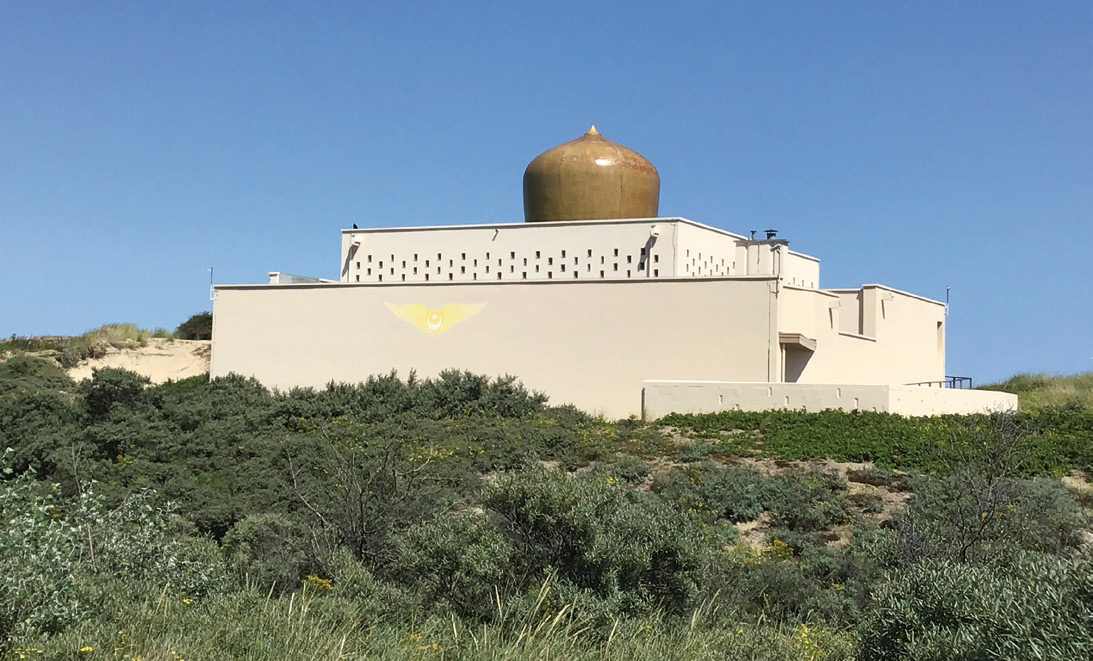
Fig. 4: Murad Hassil, Katwijk (NL), built 1970. Photo by Eric Roose.
My focus then shifted to modern Christian and Jewish architecture, starting with postwar specimens. These were considered standards of modern religious architecture to which all non-Western religious architecture had to measure up. I soon found out that references to prototypes had been just as important for patrons as they had been in the past. The only difference was that modernist architects had started to compete with each other by using abstraction and essentialisation. For more and more religious patrons, in their continuous search for legitimacy and authenticity, this appeared perfectly usable as long as selected aspects from their physical and metaphysical prototypes would remain recognisable. I thus found, among other things, architectural references to divine mountains; tabernacle tents; Solomonic and Herodian temples; fire altars; forecourts; sheep barns; Noah’s arks; Heavenly Jerusalems; Roman theaters around Christ; and ever more creative recombinations of these. My boyish association with the circus tent in Zeeland turned out to be a lot less off the mark than I thought.
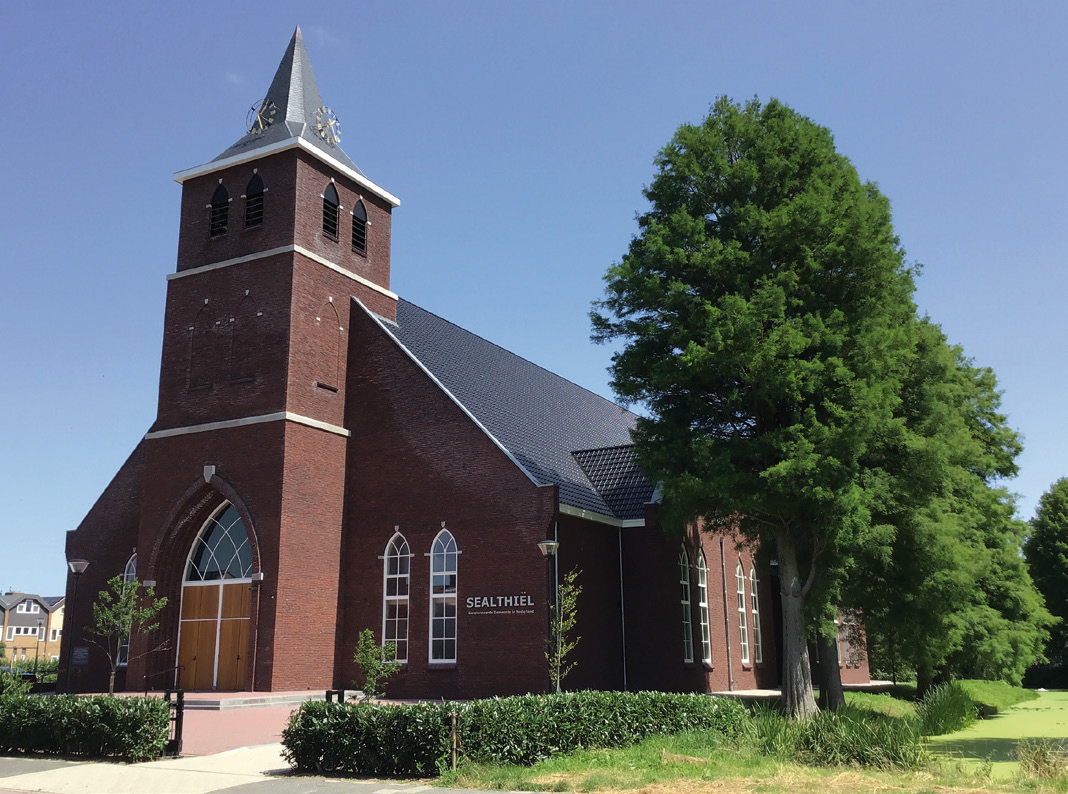
Fig. 5: Sealthiëlkerk, Leerdam (NL), built 2019. Photo by Eric Roose.
Interestingly enough, a variegated series of Dutch church patrons have recently started to resort to recognisably ‘classic’ prototypes again, thereby including the historic village churches that had been abandoned as models for the modernist constructions built during my youth in Zeeland (Fig. 5). This phenomenon follows a new phase of searching for Christian authenticity in religion and architecture. It consciously makes use of a growing countercurrent of architects who have no problem with a more postmodern outlook – to the great despair of critics, who see their imagined evolutionary ladder go up in smoke.

Fig. 6: Shri Vishnu Mandir, Almere (NL), built 2018.
Stimulated by the growing number of creatively shaped mandirs in the Netherlands (Fig. 6), as well as by a recent international tendency to ‘explain’ modern Hindu temples as ‘halted in their evolution’ compared to other cult buildings, I decided to connect to the Critical Heritages cluster of the IIAS. Based in Leiden, IIAS is the ideal multidisciplinary setting for me. In the coming year, I will be conducting a study of Dutch mandirs embedded in my ongoing research on church, synagogue and recent mosque design. I will be giving guest lectures on the subject, and I look forward to attending lectures touching on cults and temple buildings from all other possible periods and regions, making good use of Leiden University’s many faculties that do so, in order to come to a truly comparative iconography of religious architecture.